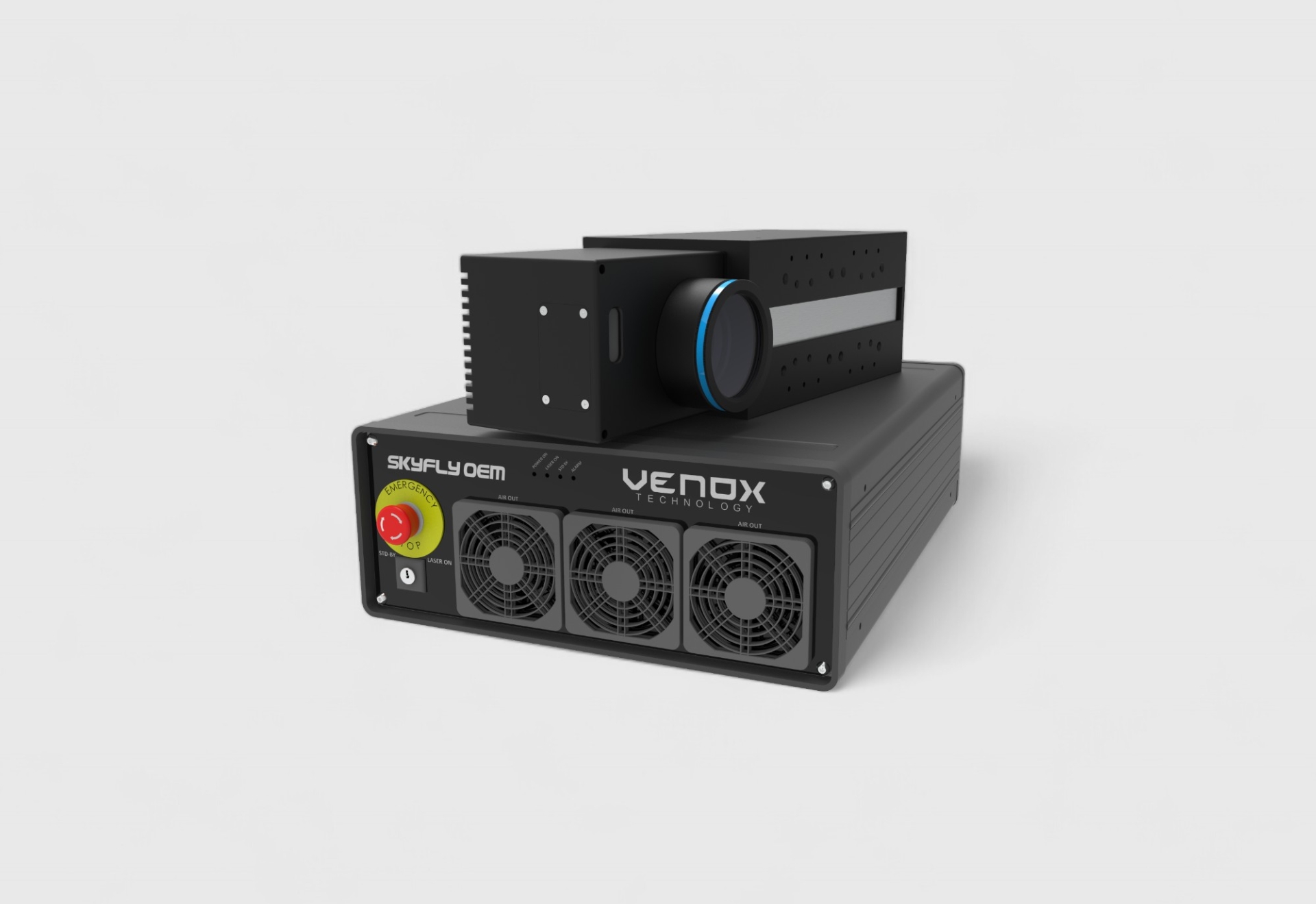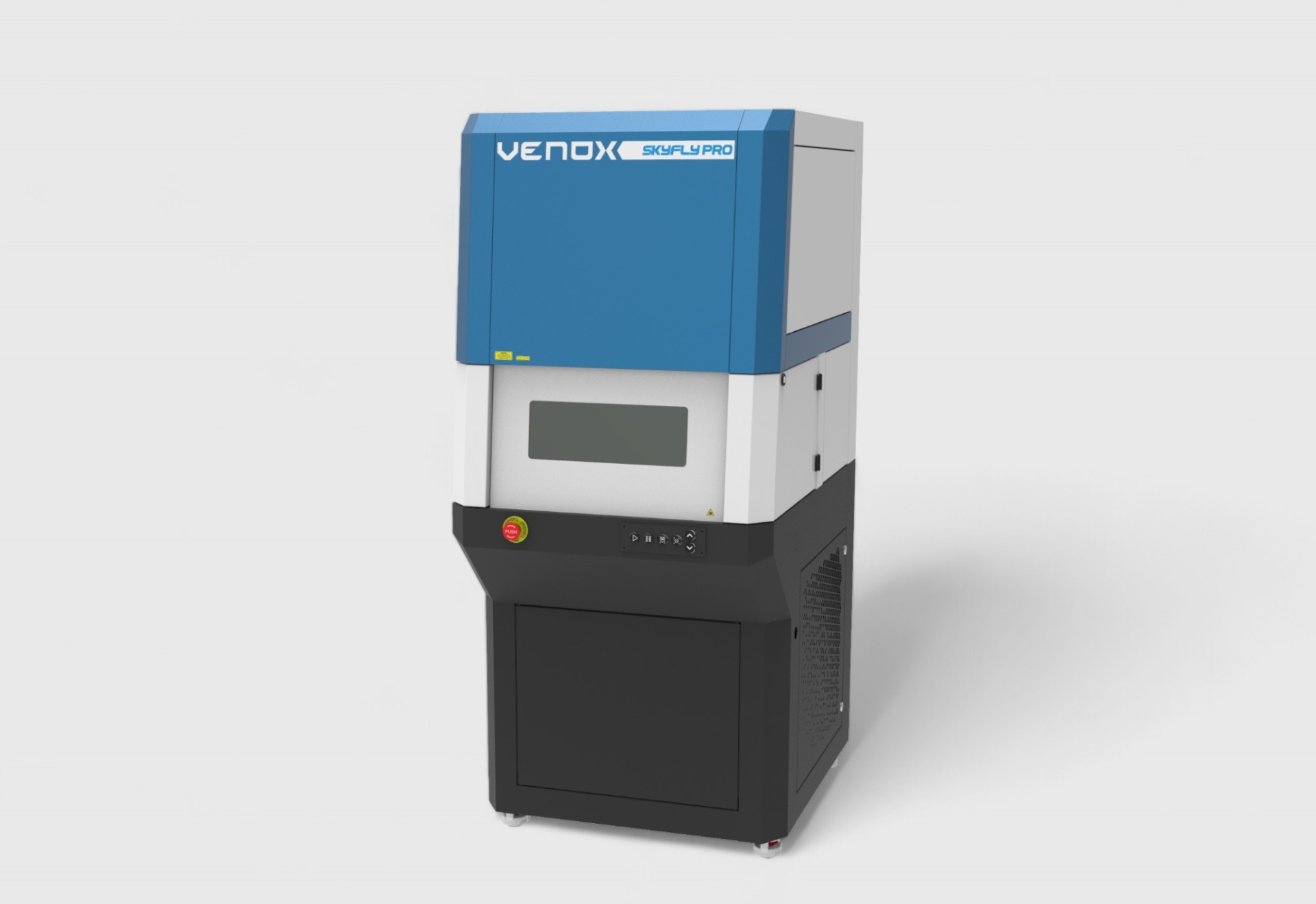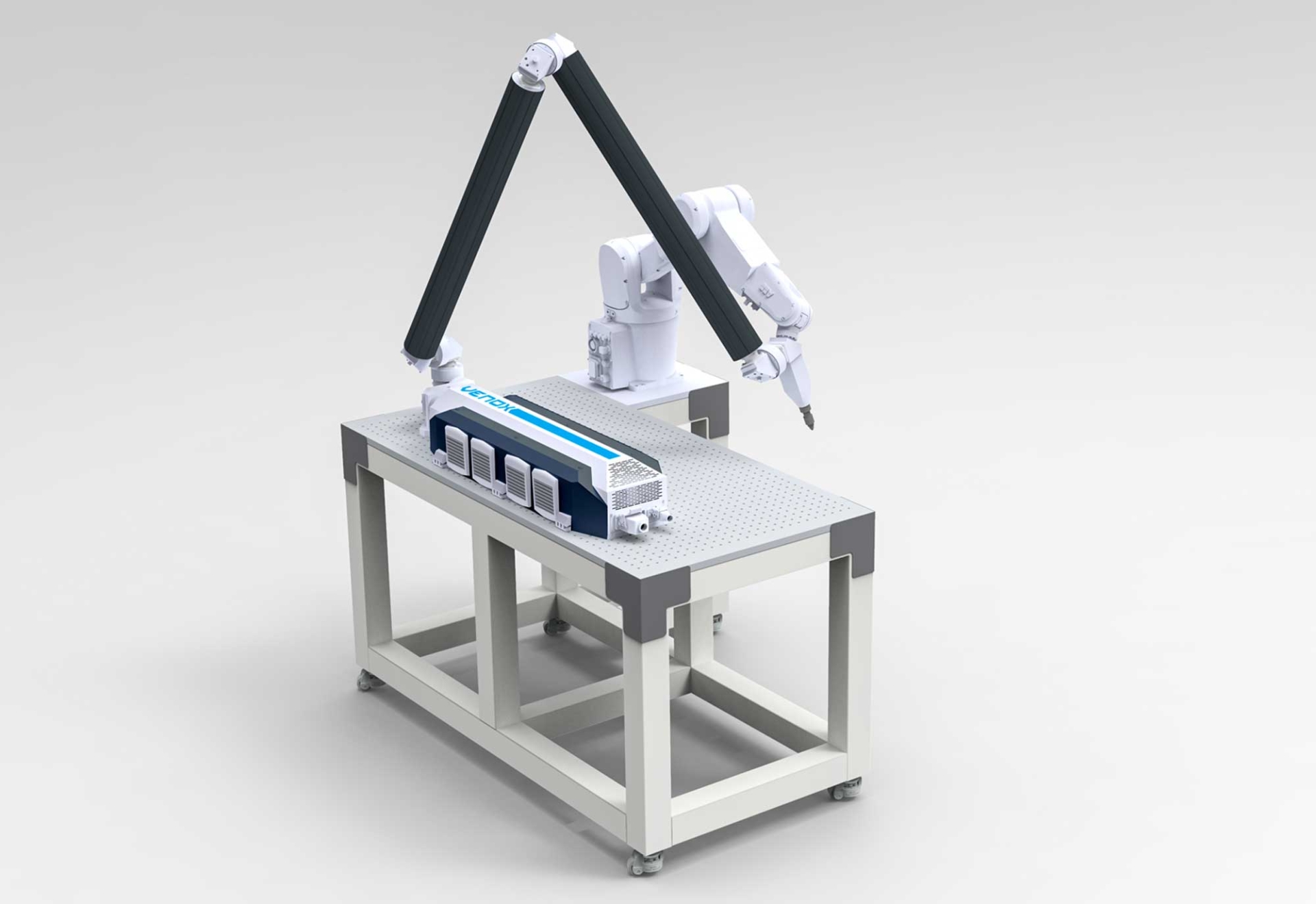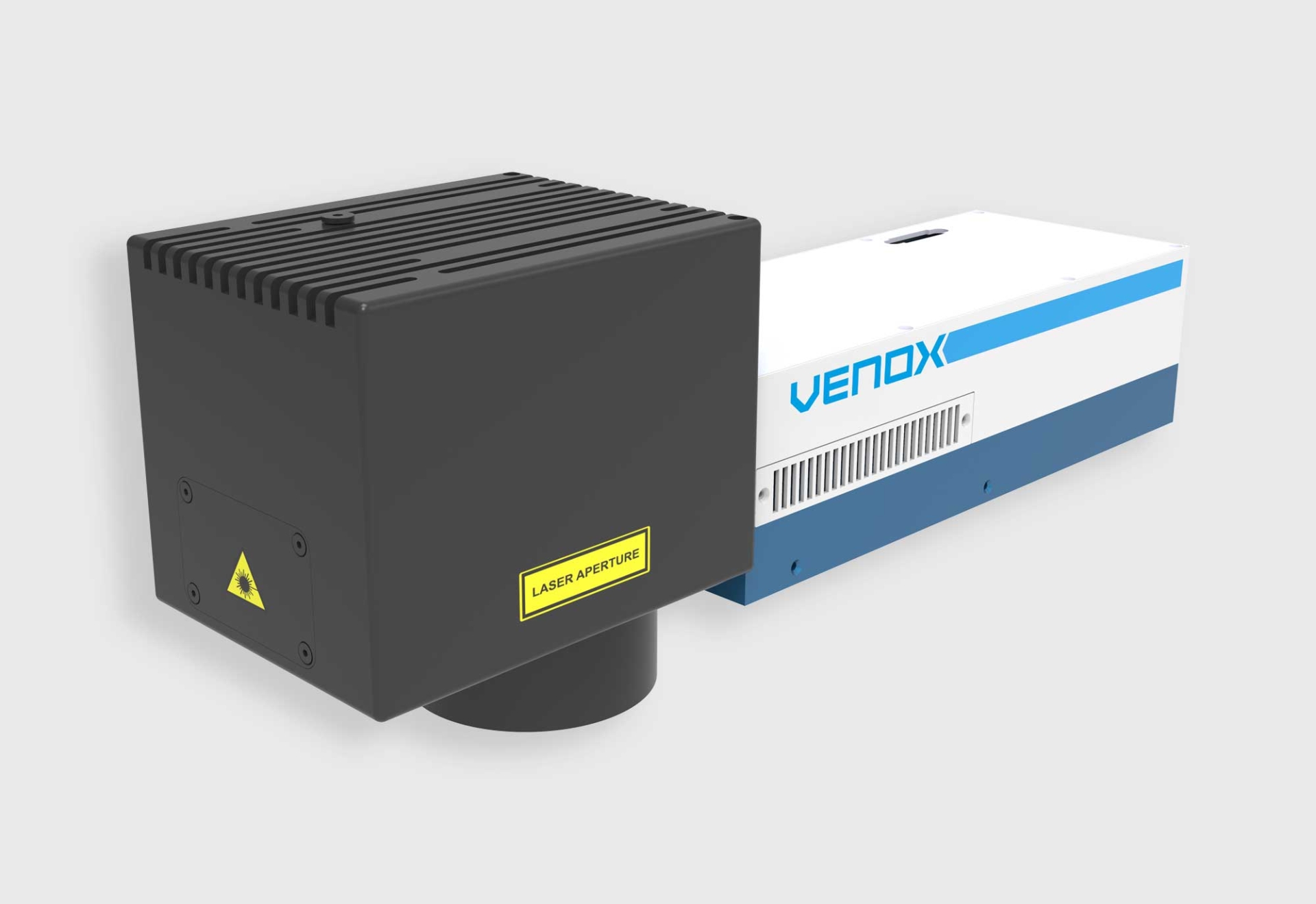Laser Marking Machine Price/Performance Guide: 2025 Updated Model Comparison
For businesses planning to invest in a laser marking machine in 2025, the most critical question is: “With what budget, at what feature level, and with how much efficiency should I choose a machine?” Choosing based solely on price often leads to disappointment. In this guide, we will evaluate laser marking machines from a price/performance perspective and examine, step by step, how to make the right choice in 2025 according to different power levels and usage scenarios.
The Price/Performance Logic When Choosing a Laser Marking Machine
Price/performance evaluation does not mean choosing the cheapest or the most expensive machine. What matters is achieving the production capacity and quality level you need at the most reasonable total cost. This requires looking not only at the machine’s sticker price but also at long-term operating costs, maintenance expenses, and production efficiency.
Key Criteria in a Price/Performance Evaluation
When evaluating a laser marking machine from a price/performance perspective, you must answer the following questions:
- Which materials (metal, plastic, glass, etc.) will I work with?
- What is my daily/monthly marking quantity?
- Is marking speed critical for me, or is speed secondary?
- Do I need automation or conveyor integration?
- What will be the total cost of ownership (TCO) over 5 years?
Your answers will determine whether a 20W fiber laser or a 50W+ high-power system is the more logical choice for your needs.
Power (Watt) – Price Relationship
In fiber laser marking machines, as power increases:
- Marking speed increases
- Deep engraving capability improves
- More challenging materials produce clearer results
- The machine price rises
Machines in the 20W–30W range are typically ideal for entry-level and mid-scale businesses, while 50W and above stand out in high-volume production and deep marking processes.
Factors Affecting Long-Term Costs
In a price/performance calculation, you should consider not only the purchase price but also the following:
- Lifespan of the laser source (typically 80,000–100,000 hours)
- Consumable requirements (almost zero in most fiber lasers)
- Maintenance and spare part costs
- Service availability and technical support speed
- Energy consumption
A machine that seems cheap in the short term can become much more expensive within a few years due to high failure rates and inadequate support.
Price/Performance Segments for 2025 and Model Comparison Logic
Laser marking machines can generally be categorized into three main segments: entry-level, mid-range, and professional/industrial-grade. Below is an overview of these segments from a price/performance perspective.
Entry Level: 20W Fiber Laser Marking Machines
Ideal for:
- Small workshops
- Businesses with low-volume marking needs
- Personalized product, promotional item, and jewelry marking companies
Entry-level 20W fiber lasers:
- Provide sufficient contrast on metals and some plastics
- Are adequate for barcodes, QR codes, logos, and serial numbers
- Typically offer a 100×100 mm or 150×150 mm marking area
From a price/performance standpoint, the initial investment is low and consumable costs are nearly zero. However, they may not offer enough speed or power for high-volume production or deep marking applications such as mold engraving.
Mid-Range: 30W – 50W Fiber Laser Marking Machines
Ideal for:
- Medium-scale production facilities
- Businesses marking thousands of parts daily/weekly
- Automotive suppliers, machine manufacturers, metalworking companies
Fiber lasers in the 30W–50W range:
- Provide faster marking times
- Achieve deeper and sharper engraving on metals
- Offer greater flexibility with larger marking fields
This segment is the most balanced price/performance point for most industrial businesses. Not as limited as entry-level machines, and not as costly as upper-tier systems. For businesses with long-term production plans, the return on investment (ROI) is generally very favorable.
Upper Level: 60W and Above Fiber or UV Laser Systems
Ideal for:
- Factories with high-volume serial production
- Production lines operating 24/7
- Sectors requiring high-precision traceability such as medical, defense, and aerospace
60W and above fiber lasers offer maximum performance in speed and deep engraving. UV laser systems, on the other hand, provide unmatched quality for:
- Heat-sensitive plastics
- Glass and medical products
- Very small markings requiring extreme readability
However, these machines have high initial investment costs, meaning they can be a luxury with poor price/performance for businesses with low daily production volume.







